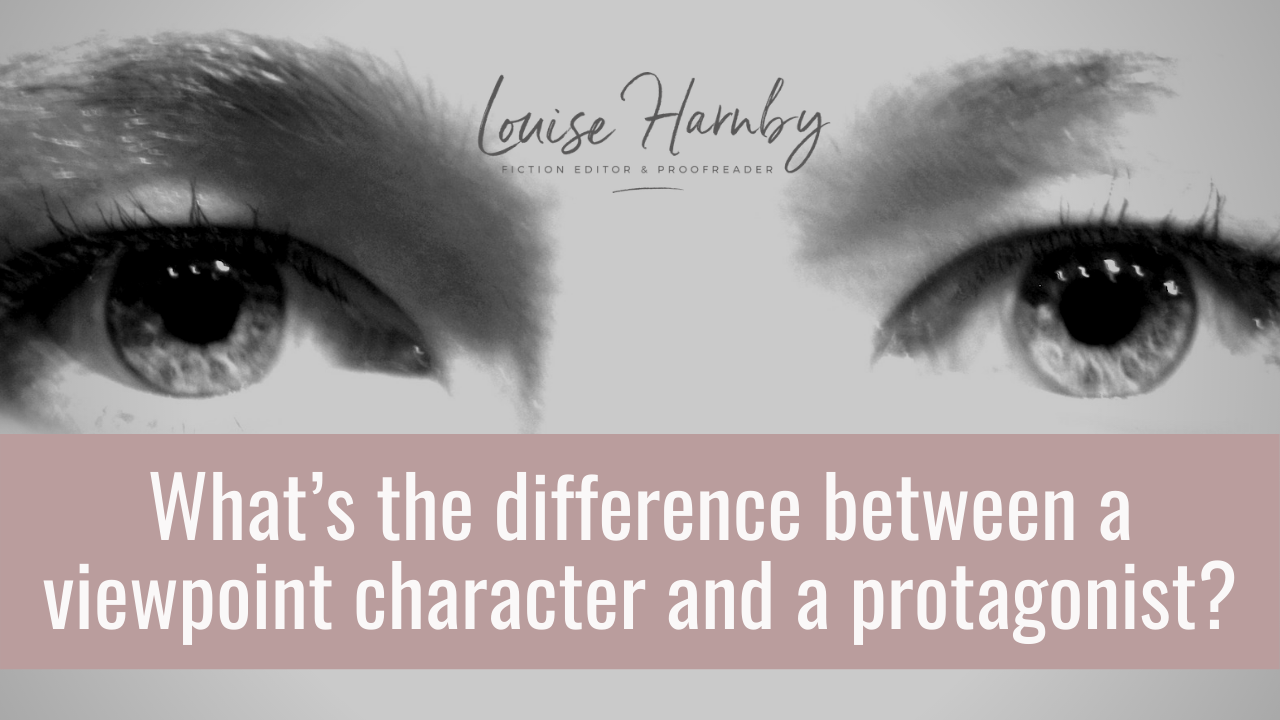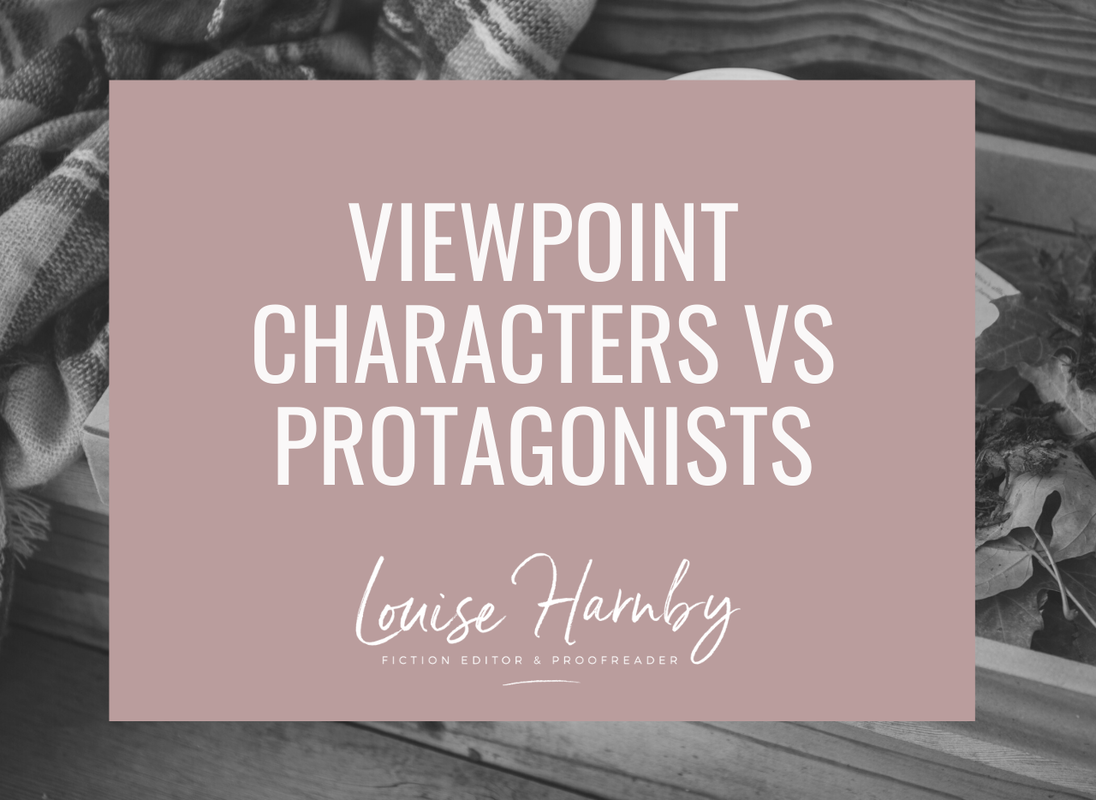|
Every novel has a viewpoint character and a protagonist. However, they’re not necessarily the same person, at least not all of the time. Here’s a quick guide that explains the differences.
Stories usually have multiple characters, and often have more than one major character. However, just because a character has a major role does not make them a protagonist.
Stories can be narrated by different characters in a book. Whoever’s head the reader is in is called the viewpoint character. However, just because a character is narrating a story does not make them a protagonist or a major character. Protagonists
We can think of protagonists as having a MACRO role.
The protagonist is the person whose experiences drive the story. The novel revolves around them. Readers are usually more connected to them than any other character.
Viewpoint characters
We can think of viewpoint characters as having a MICRO role.
The POV character is the person whose internal experiences drive a scene or chapter.
Is the protagonist always the viewpoint character?
No, the viewpoint character and the protagonist can be different characters. While your protagonist might often be the POV character, one doesn’t always equal the other.
A POV character can be the protagonist, the antagonist, a major secondary character, a minor character, or a bystander who makes but one appearance. As long as it’s their head we’re in, and they who are reporting the scene through their experience of it, they’re the viewpoint character. Your protagonist, however, is always your protagonist, whether they’re in a scene, doing something else somewhere else, or lying unconscious in some back alley. Applying the terminology: An example
I’m using Linwood Barclay’s Parting Shot to illustrate the distinction between viewpoint character, protagonist, main character and secondary character.
Here's a breakdown that shows you how Barclay weaves multiple viewpoint characters into the first 17 chapters of the book.
It goes on until the final chapter wraps up with Cal’s first-person viewpoint. We are in his head as he recalls critical information that enables him to put it all together and verbally reveal whodunnit to his audience.
There are 65 chapters in total, each with distinct viewpoint characters narrating the scene. As each viewpoint character takes a turn, they show us what’s happening through their actions, emotions, thoughts and senses. The characters – major and secondary – play a variety of key roles.
But there is only one protagonist. It is Cal’s job throughout to discover who did what, and why. Even when he’s not in the scene, and therefore not the viewpoint character, he’s driving the direction of the story, the goal of which is to understand how a young girl came to die. Summing up
The key is not to confuse the terms ‘major’, ‘protagonist’ and ‘viewpoint’. Those attributions don’t mean the same thing. To summarize:
A novel can have multiple viewpoint characters, each taking a turn to narrate part of the story. Their viewpoints will enrich the tale but their overall goals don’t underpin it. The viewpoint character could be the protagonist, the antagonist, a major character, or a secondary character. As long as they’re narrating, they’re the viewpoint character. A novel will usually have only one protagonist. They might be the viewpoint character throughout, in which case we only ever see the world through their lens. Or they might be temporarily absent and allow others to tell a part of the tale and share their emotions and experiences. A novel will usually have other major and secondary characters whose experiences are central to the story. They might get a chance to narrate the story and therefore be the viewpoint character, or their experiences might be narrated by someone else. Further reading
Louise Harnby is a line editor, copyeditor and proofreader who specializes in working with crime, mystery, suspense and thriller writers.
She is an Advanced Professional Member of the Chartered Institute of Editing and Proofreading (CIEP), a member of ACES, a Partner Member of The Alliance of Independent Authors (ALLi), and co-hosts The Editing Podcast. FIND OUT MORE > Get in touch: Louise Harnby | Fiction Editor & Proofreader > Connect: Twitter at @LouiseHarnby, Facebook and LinkedIn > Learn: Books and courses > Discover: Resources for authors and editors
0 Comments
Leave a Reply. |
BLOG ALERTSIf you'd like me to email you when a new blog post is available, sign up for blog alerts!
TESTIMONIALSDare Rogers'Louise uses her expertise to hone a story until it's razor sharp, while still allowing the author’s voice to remain dominant.'Jeff Carson'I wholeheartedly recommend her services ... Just don’t hire her when I need her.'J B Turner'Sincere thanks for a beautiful and elegant piece of work. First class.'Ayshe Gemedzhy'What makes her stand out and shine is her ability to immerse herself in your story.'Salt Publishing'A million thanks – your mark-up is perfect, as always.'CATEGORIES
All
ARCHIVES
July 2024
|
|
|
|

















 RSS Feed
RSS Feed





